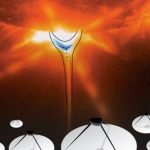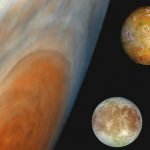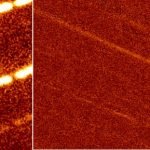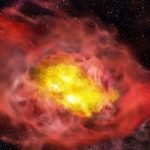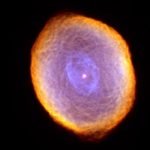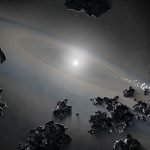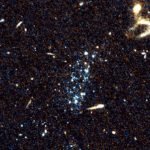Scientists find particle accelerator region inside a solar flare
Solar flares are among the most violent explosions in the solar system.
But despite their immense energy -- equivalent to a hundred billion atomic bombs...
Scientists map sulfur residue on Jupiter’s icy moon Europa
Scientists used the Hubble Space Telescope to observe Jupiter’s moon, Europa, at ultraviolet wavelengths, filling in a “gap” in the various wavelengths used to...
Why Uranus is lighter in color than Neptune
Neptune and Uranus are similar in size and atmospheric conditions but curiously, Neptune is a darker shade of blue.
Astronomers used observations from the international...
New study reveals life forms that could survive on Mars
The extremely salty, very cold, and almost oxygen-free environment under the permafrost of Lost Hammer Spring in Canada’s High Arctic is the one that...
Mars could become a base for asteroid exploration and mining
Mining the asteroids for resources like iron, precious metals, water, or other valuable species may someday become profitable.
Mining will probably starting with Near Earth...
Astronomers watched a “near-sun” comet disintegrate as it flew too close to the sun
Comets that venture close to the Sun can transform into something beautiful, but sometimes they encounter incineration if they get too close.
Of the various...
Early galaxies may be bigger and more complex than we thought
Scientists using the Atacama Large Millimeter/submillimeter Array (ALMA) have observed a significant amount of cold, neutral gas in the outer regions of the young...
Dying stars could seed interstellar medium with carbon nanotubes
The findings propose a simple, yet elegant mechanism for the formation and survival of complex carbon molecules in space.
In the mid-1980s, the discovery of...
Astronomers detect a violent dead star eating its planetary system
The violent death throes of a nearby star so thoroughly disrupted its planetary system that the dead star left behind — known as a...
Mysterious ‘blue blobs’ reveal a new kind of star system
Astronomers have identified five examples of a new class of stellar system. They're not quite galaxies and only exist in isolation.
The new stellar systems...

